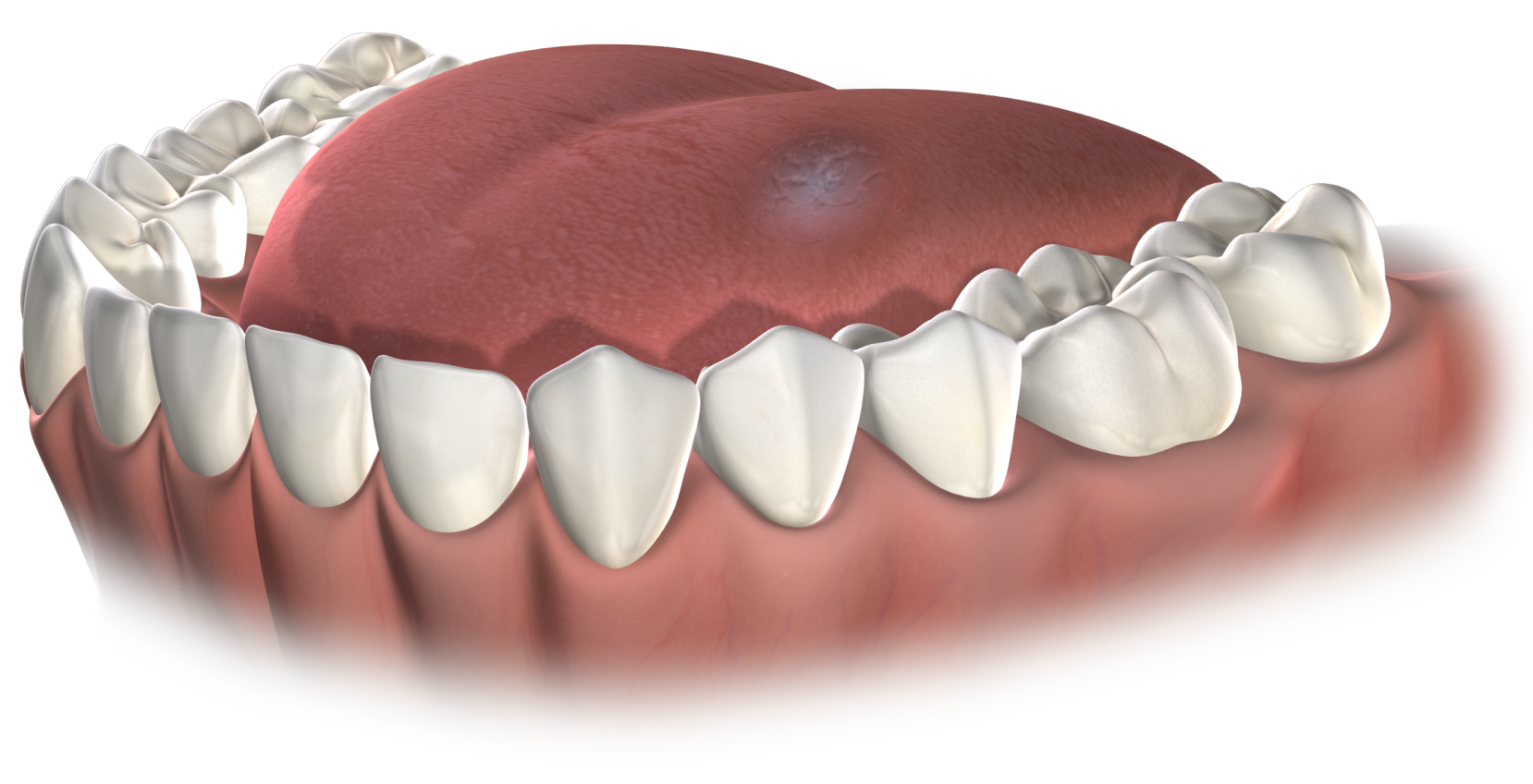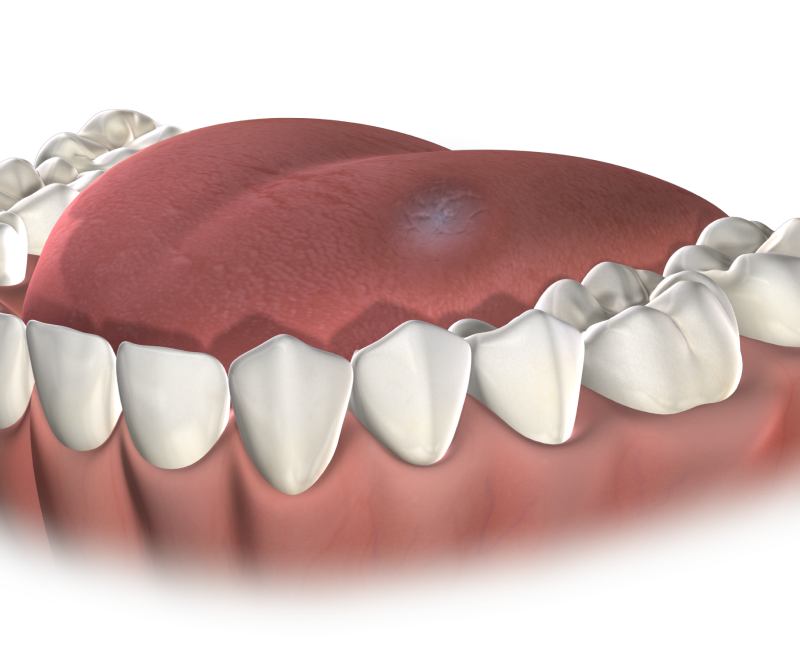Comprehensive Evaluation
For your health, any changes to the normal function, look, or feel of the mouth should be evaluated by a dental health professional. When the soft tissue of the mouth (gums, inside of the cheeks, palate, and tongue) is healthy, it is smooth in texture and a coral pink color. However, pathologic changes to the mouth can affect how it looks and feels.
Performing an oral-self exam once a month is a good habit to get into so that you can familiarize yourself with how your mouth normally looks and feels. If there are any changes, it can be evaluated in a timely manner.
Signs & Symptoms
While most changes to the mouth are benign, it is a good idea to have an experienced dental health professional, like one of our board-certified oral surgeons, evaluate the change to rule out a more serious condition, like oral cancer. If you have noticed any changes to your mouth, please contact us to schedule an appointment. Your oral surgeon will perform a complete oral evaluation and formulate the next steps for treatment.
Signs and symptoms of an oral pathology include
- Red or white patches in the mouth
- Sores that fail to heal
- Sores that bleed easily
- Recurring or persistent swelling
- Any lump or irregularity
- Chronic hoarseness
- Persistent sore throat
- Problems with chewing and/or swallowing
- Earache
- Pain
Biopsy
A small tissue sample, called a biopsy, is a common next step in examining a pathological process. A biopsy is a minor procedure that can be performed at our office. The tissue sample obtained from this procedure is then taken to a laboratory for a pathologist to examine and provide an official diagnosis, which they will share with your oral surgeon. Your oral surgeon will create a treatment plan based on the results of the biopsy.
Types of Anesthesia
Canyon Oral & Facial Surgery offers several types of anesthesia and sedation.
Oral Pathology in Las Vegas and Henderson, NV
While many changes in the mouth are harmless, any abnormality to the way your mouth normally looks and feels should be examined by a dental health professional promptly. If you have noticed any changes, please contact us to schedule an appointment with one of our board-certified oral surgeons.
Providing an Exceptional Patient Experience
Get exceptional patient care from trusted board-certified oral surgeons. Contact Canyon Oral & Facial Surgery to schedule a consultation and find out how we can improve your oral health and confidence.

